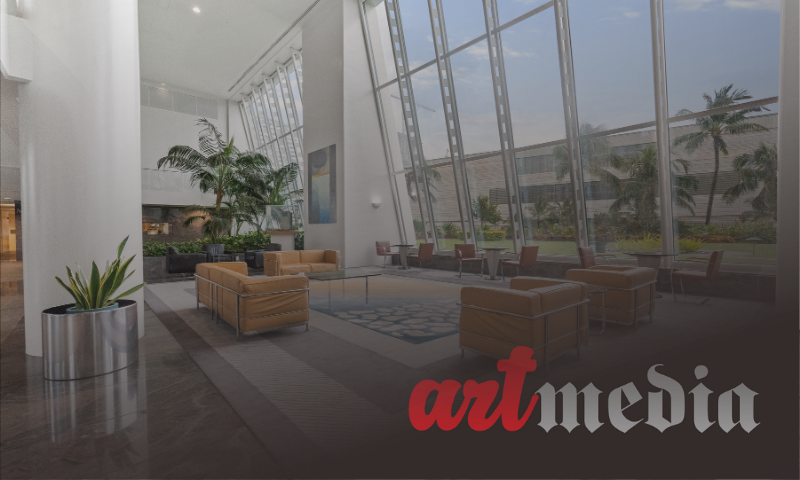
In era where environmental consciousness has become paramount, the field of interior design is experiencing a revolution. The emergence of eco-friendly interior design is not merely a trend, but a paradigm shift towards sustainable living spaces. This article explores the principles, benefits, and practical applications of eco-friendly interior design, shedding light on a movement that prioritizes harmony with nature.
The Essence of Eco-friendly Interior Design:
Eco-friendly interior design, also known as sustainable or green design, centers on creating spaces that prioritize environmental conservation, health, and well-being. This approach emphasizes the use of eco-conscious materials, energy efficiency, and a reduction in environmental impact throughout the design process.
Sustainable Materials and Resources:
Recycled and Upcycled Materials: Eco-friendly design integrates reclaimed and repurposed materials, giving a second life to resources that would otherwise contribute to landfills. These materials range from reclaimed wood and metals to salvaged architectural elements.
Natural and Renewable Resources: Designers are turning to renewable resources like bamboo, cork, and certified wood, which replenish at a faster rate than they are harvested. These materials reduce dependence on non-renewable resources and promote sustainable forestry practices.
Low VOC and Non-Toxic Finishes: Volatile Organic Compounds (VOCs) found in paints, adhesives, and finishes release harmful chemicals into the air. Eco-friendly design opts for low or zero VOC products, ensuring healthier indoor air quality.
Energy Efficiency and Conservation:
Efficient Lighting: Incorporating LED lighting and maximizing natural light sources reduces energy consumption and lowers the carbon footprint of a space.
Smart Technologies: The integration of smart home systems, including thermostats, lighting controls, and energy-efficient appliances, allows for better control over energy usage.
Insulation and Passive Design: Proper insulation and strategic use of shading elements help regulate temperature, reducing the need for excessive heating or cooling.
Indoor Air Quality and Well-being:
Natural Ventilation: Designing spaces with ample ventilation and operable windows promotes fresh air circulation, improving indoor air quality.
Biophilic Design: Connecting inhabitants with nature through the incorporation of plants, natural materials, and views of greenery has been shown to enhance well-being and productivity.
Low-Emission Furnishings: Choosing furniture and textiles with certifications like Forest Stewardship Council (FSC) and Global Organic Textile Standard (GOTS) ensures they meet strict environmental and social criteria.
Longevity and Adaptive Design:
Eco-friendly design prioritizes durable, high-quality materials and timeless aesthetics. This not only reduces waste but also allows for spaces to adapt to changing needs over time, promoting long-term sustainability.
Conclusion:
Eco-friendly interior design is more than just a trend; it is a transformative approach that addresses the urgent need for sustainable living spaces. By conscientiously selecting materials, prioritizing energy efficiency, and fostering indoor well-being, eco-friendly design embodies a holistic vision for a harmonious coexistence with the environment. As this movement continues to gain momentum, it paves the way for a future where beauty, functionality, and sustainability converge seamlessly in our living spaces.
 Apptech Channel trading 'll be easier
Apptech Channel trading 'll be easier
